There’s something startling about passing stones in your urine, especially if you never knew you had kidney stones. If you do have kidney stones, know you’re not alone. 1 in 10 persons in the world are believed to have kidney stones. So, keep reading if you’re interested in learning more about kidney stones.
What are kidney stones?
Kidney stones are tiny pebbles that form in the kidney. They develop when the concentration of certain minerals and salts increases beyond their saturation point. When formed, these stones may pass into the ureter and the bladder.
If you have tiny kidney stones, you may pee them out without even noticing. But if the stones are larger, there is a higher chance the urinary tract might get blocked.
Interestingly, all kidney stones are not the same. There are different kinds of stones, and some of them are combinations of 2 or more types of stones. The types of kidney stones are
- Calcium oxalate stones
- Calcium phosphate stones
- Uric acid stones
- Struvite stones
- Cystine stones
Although kidney stones look like pebbles, they vary in size, shape, color and characteristics. For example, the uric acid stones precipitate more easily in acidic urine, while the struvite stones are found more in alkaline urine.
What is the risk of developing kidney stones?
The truth is that some people are more prone to having kidney stones than others. In general, men are more likely to have kidney stones than women, and white people are more likely to have kidney stones than black people or Hispanics.
Here are some risk factors for developing kidney stones
- A family history of kidney stones may mean that you are at risk of having kidney stones yourself
- If you’ve had kidney stones before, you’re at a higher risk of having another kidney stone
- Certain medical conditions, like cancer, hyperparathyroidism Crohn’s disease, gout and sarcoidosis, predispose you to kidney stones
- Using certain medications and supplements like those rich in calcium can put you at risk for developing kidney stones
- Not drinking enough water carries a high risk of developing kidney stones since this makes it easy for the minerals and salts to precipitate and form stones
Symptoms of kidney stones
Some people with kidney stones have no symptoms, and others have variable symptoms.
You may experience back pain or abdominal pain If you have kidney stones. The pain is usually sudden and severe. Many people have described the pain as being worse than labor. You may feel pain in the flank, and sometimes the pain appears to move toward your groin.
Other symptoms of kidney stones are:
- peeing blood in urine
- having an uncontrollable urge to pee
- increased frequency of urinating
- nausea
- vomiting
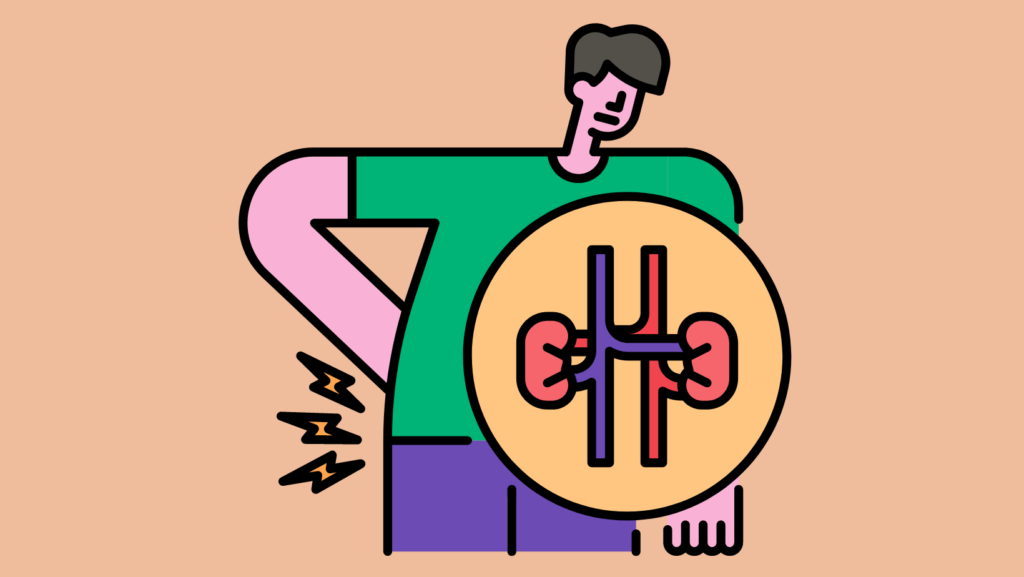
How to diagnose kidney stones
A diagnosis of kidney stones is best made by a physician. At the hospital, the doctor may need some information from you, like your
- Fluid intake
- Diet
- Occupation
- Alcohol history
- Family history of stones
- Medical history
If you have a previous history of kidney stones, the doctor will want to know
- The age at the first onset of stones
- Number of stones in the past
- Types of stones in the past if the stones were tested
To diagnose kidney stones, your doctor may request some investigations. Here are some tests your doctor may ask you to undergo
- Urinalysis
- Urine culture
- Serum electrolytes
- Serum urea and creatinine
- Serum calcium and phosphate
- Serum uric acid
- Ultrasound
- Abdominal X-rays
- CT scan
Are kidney stones dangerous?
Most kidney stones are not serious. Small stones will generally pass in your urine without your noticing them. In contrast, larger stones can get trapped in the ureter ( the tube that carries urine from the kidneys to the bladder) and urethra (the tube that carries urine from the bladder to the exterior). When a large stone lodges in the ureter or urethra, it may occlude the lumen and prevent the outflow of urine.
Stones trapped in the ureter cause backflow and swelling of the kidney. This can lead to severe pain and, if not properly treated, can damage to that kidney.
People who are frequent stone formers may form stones in both kidneys. If the urinary tract of both kidneys gets blocked, you will find it difficult to urinate and this can cause kidney failure.
Kidney stones that cause obstruction also increase the risk of urinary tract infections. These infections can get really bad and worsen the size of the stones.
Thankfully, most kidney stones can be taken care of before they damage the kidneys. But it’s best not to delay treatment unnecessarily.
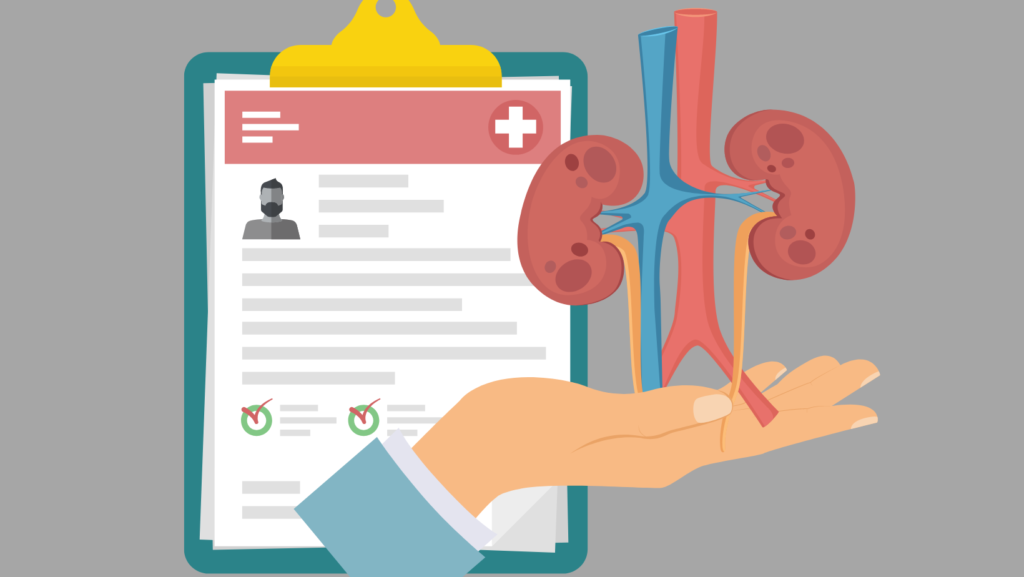
Treatment of kidney stones
There are various ways of treating kidney stones. Treatment may be surgical or non-surgical. The decision of which modality to use largely depends on the size of the stone.
Stones less than 5 mm in diameter have a high chance of passing spontaneously. Most doctors will recommend that you drink lots of water. The American urology recommends that stones less than 10mm that are not causing obstruction be treated conservatively with or without drugs.
Medical management.
Analgesics like ibuprofen are provided for patients who experience pain.
Certain medications used to treat kidney stones make the urine alkaline. This helps dissolve some stones and prevents the formation of new stones. As mentioned earlier, some stones precipitate easily in acidic urine. By making the urine less acidic, there’s less chance of forming more stones.
Other drugs like tamsulosin relax the smooth muscles of the ureter, making it easier for stones to pass through.
Surgical management
The American urological association recommends surgery for
- stones greater than 10mm
- stones in the lower ureter that fails to pass after 6 weeks
- Persistent symptoms with no other attributable cause
Available surgical procedures include
- Extracorporeal shock wave lithotripsy: Here, shock waves break the stone into smaller pieces that pass in the urine.
- Ureteroscopy: Here, the surgeon passes a scope into the urinary tract and looks through the scope to locate the stone. Once located. the surgeon can then remove the stone or break them into smaller pieces
- Percutaneousnephrostolithotomy: This is used for large stones in the kidney and ureter.
- Open nephrostomy: This is rarely done these days as minimally invasive surgeries become available.
Prevention of kidney stones
Preventive therapy can be recommended for
- People who develop stones before 30 years
- People with multiple stones on the first diagnosis
Some ways to prevent kidney stones are:
- Drink lots of water: It’s important to make deliberate efforts to drink a lot of water. One way of doing this is by taking more liquid and semisolid foods like tea, fruit juice and pap to increase your fluid intake. Note that sodas carry a risk of stones. Other people also drink a glass of water once they wake up, a glass of water before each meal and 1-2 glasses of water before going to bed in addition to water drank in the course of the day. One way of knowing if you’re drinking enough water is that your urine is clear. If your urine appears dark and concentrated, then you need to increase your water intake.
- Dietary changes: It’s important to limit salt intake as a high salt diet is linked to kidney stones. Animal protein is linked with acidic urine and kidney stones, so it’s best also to limit the ingestion of beef. This is particularly important in those with uric acid stones. Such people should avoid foods rich in purine, such as offals, shrimp, crabs and oily fish. Spinach, green beans and berries are high in oxalate and may increase the risk of stone formation in those with oxalate stones
Bottom line
Kidney stones are common. Although most small stones will pass on their own, larger stones may require intervention. When obstructive kidney stones are left untreated, they can lead to kidney damage.

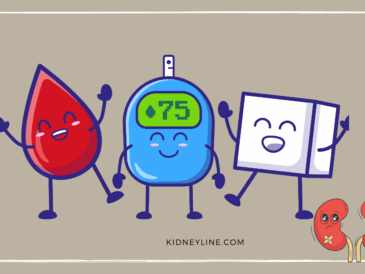

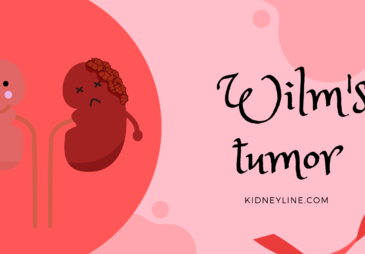
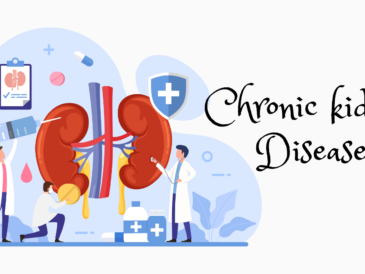
5 Comments
[…] truth is if you have had a kidney stone, you have a higher risk of forming another kidney stone. If you also have a family history of […]
[…] Kidney stones cause pain when they lodge and block the ureter or urethra. If you have experienced the agonizing pain from kidney stones before, you likely don’t want to have a repeat. A 1 mm-sized stone can cause some pretty intense pain. Besides, kidney stones can lead to irreversible kidney damage if not treated correctly. […]
[…] Kidney stone is a health condition that affects 12 % of people worldwide. There are different kinds of stones, but calcium oxalate stones are the most common type. […]
[…] abdominal pain. They can also predispose the person to urinary tract infections. In addition, when kidney stones block both urinary tracts, they can lead to […]
[…] who have formed one kidney stone have a higher chance of developing another stone. As such, doctors try to prevent new stones by […]